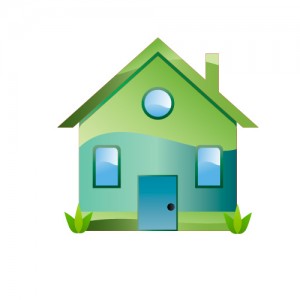
Houston recently started a series of articles profiling green contractors and kicked it off with an interview with Kyle Ashley, of Austin-based Green Building Energy Services. Below is a summary of what Houston heard from Kyle about the specific case of Austin.
Austin’s Older Buildings Missing the Mark
According to Ashley, “there is a significant opportunity for retrofit and upgrade work in the Austin area. “Many of our buildings don’t comply with modern building energy codes†said Ashley, (i.e. those established by the State Energy Conservation Office (SECO)). “Most buildings are 15 to 20 years old (or older). The number could be as high as 80 percent.â€
As buildings make up 40 per cent of energy use in Texas – and nearly 70 percent of electricity use – there’s a great opportunity for Austinites to improve the energy efficiency of their buildings.
Ashley breaks Green Building Energy Services projects down to 80 percent residential and 20 percent commercial; 80 percent retrofit and 20 percent new construction. “This is where we identified the biggest area to contribute to the community,†said Ashley.
Record-Breaking Temperatures = Record-Breaking Utility Bills
Austin just had the hottest summer on record. Accordingly, utility bills have been off the charts. Demand from property owners that want to cut utility costs is high, and energy-efficient retrofits are a great solution.
According to Ashley, most energy issues originate at the building envelope (the ventilation and insulation of a building’s roof, walls, doors and windows). As many homes have traditional atmospheric vents, he said, they often “don’t have enough air intake into the attic. The air becomes stale and heats up like a conduction oven.â€
This is common among older homes built out in the hill country, or those in downtown Austin that were built in the 1950s, 60s and 70s.†Older homes may have little to no insulation in walls, which is a major contributor to this issue. Ashley and his team use non-expanding injection foam to completely fill the wall cavity.
A common project for commercial buildings is roof treatment. According to Ashley, many businesses have flat and untreated roofs. They need better protection to act as a radiant, air and moisture barrier. Not surprisingly, improving the energy efficiency of offices and retail buildings can be done with a simple, cost-effective solution: expanding spray-foam.
What’s the ROI of Green Construction?
If you’re asking yourself, “What’s the ROI?â€, there are three main measurable improvements Ashley and his team work toward:
1. Financial impacts. Every building is different, but owners can reduce their utility bills 15 per cent to 30 per cent with energy efficient upgrades.
2. Energy conservation. Ashley’s team has noticed an average 20 per cent reduction of kilowatt hours in cooling months, and a 20 percent reduction of gas use in heating months.
3. Greater comfort. When a home is properly ventilated and sealed, homeowners and business owners are more comfortable.
Though Ashley suggests hiring a qualified organization to perform a comprehensive energy assessment, building owners can realize energy and cost savings with little investment. By simply changing your behavior, you can conserve and reduce energy consumption without having to do remodels and energy efficient retrofits.
You should follow us here.






1 Comment